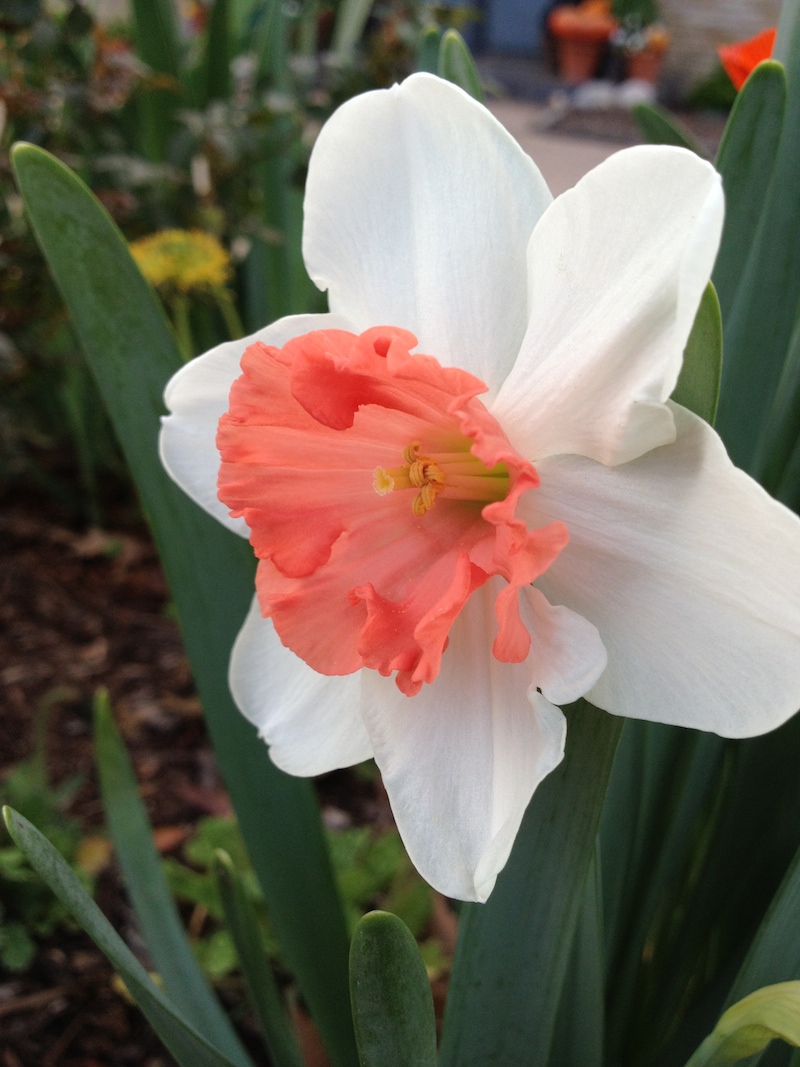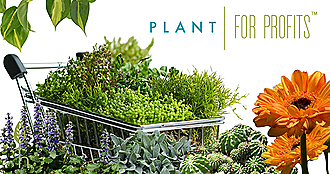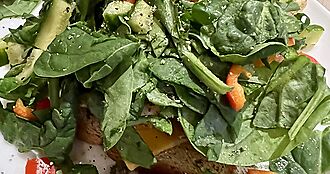Daffodil
Daffodil, Narcissus
Many gardeners automatically think of large, yellow, trumpet-shaped flowers when they think of daffodils, but there is a wide range of color, form and size among the many varieties. In Texas, it’s often the smaller-cupped daffodils that best naturalize.

Growing
Daffodils grow best in full sun or light shade. The soil should be average to fertile and well drained.
Bulbs should be planted in fall, 3–10" deep, depending on the size of the bulb—the bigger the bulb, the deeper it should be planted. Because our soil temperatures can get so warm in summer, it’s often good practice to plant daffodil bulbs a little deeper, rather than too shallow.
Do not cut or mow the leaves until they turn yellow. Fertilize at planting time and each fall with a bulb food.
Tips
Daffodils are often planted where they can be left to naturalize, in the light shade beneath a tree or even in lawns. In mixed perennial beds, the summer foliage of other plants hides the faded daffodil leaves.
Recommended
Many species, hybrids and cultivars of daffodils are available. There are 13 divisions of daffodils based on flower form and heritage categories. For long-term naturalizing, choose large-cupped and small-cupped types rather than trumpet-type daffodils. Jonquilla hybrids are especially suited to our heavy soils, heat and humidity.
Features: white, yellow, peach, orange, pink or bicolored, spring flowers
Height: 4–24"
Spread: 4–12"
Hardiness: zones 3–9
Notes: A good general rule to know how deeply to plant bulbs is to measure the bulb from top to bottom and multiply that number by three.


